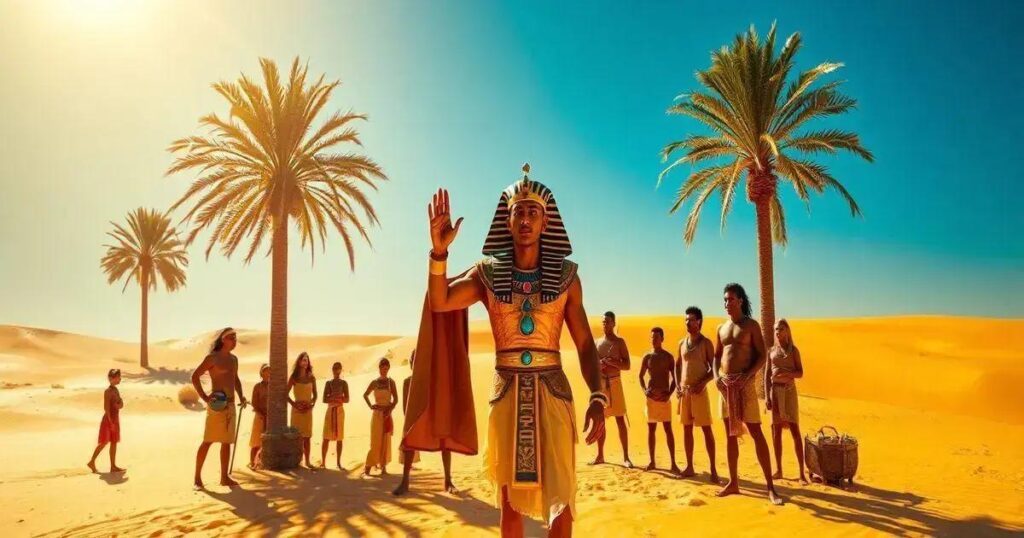The cost of applying the Trick of the Egyptian Pharaohs involves understanding the innovative construction techniques used, including labor and material costs. These strategies maximized benefits such as national pride and long-term stability while minimizing expenses through resource allocation and effective labor management.
The cost of applying the Trick of the Egyptian Pharaohs is more than just a financial measure; it’s a journey into history. Many people are captivated by this ancient artifice used by the Pharaohs to achieve remarkable feats. In this article, we will delve into the essence of this trick, explore its historical significance, discuss potential costs involved, and analyze how you can maximize the benefits against these expenses.
Understanding the Trick of the Egyptian Pharaohs
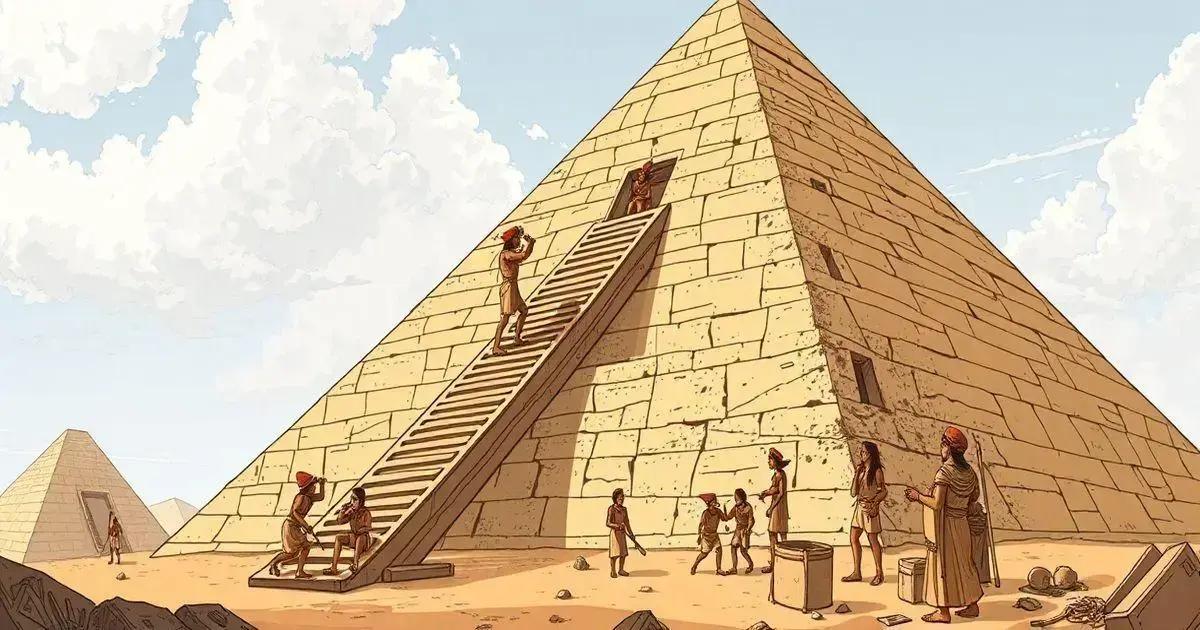
The Trick of the Egyptian Pharaohs refers to various ingenious methods that ancient rulers used to achieve great architectural and cultural feats. These techniques were not only a matter of artistry but also included clever engineering and resource management. Understanding this trick involves looking at how Pharaohs utilized their resources wisely to build monumental structures like the pyramids.
The Mechanics Behind the Trick
Pharaohs employed a mix of skilled labor and innovative engineering solutions to create lasting legacies. They relied on large teams of workers, often comprising farmers during seasonal floods when agriculture was not possible. This practice ensured an available workforce to undertake massive projects. They also utilized the natural landscape to assist in moving heavy stones and shaping magnificent temples.
Innovation in Ancient Egypt
Ancient Egyptians were known for their innovations, such as using ramps to transport stones. By understanding the physics of levers and counterweights, they made it easier to lift large blocks with minimal effort. These innovations laid the groundwork for construction techniques that many societies adopted later.
Symbolism and Cultural Relevance
The Trick of the Egyptian Pharaohs also held cultural significance. It was not just about physical structures; these feats symbolized the Pharaoh’s power and divine right to rule. Each building was designed to serve a religious or political purpose, enhancing the Pharaoh’s image in the eyes of the people.
In essence, understanding the trick provides insights into ancient Egyptian society’s values, priorities, and their advanced grasp of engineering, all of which contributed to a powerful and lasting civilization.
Historical Significance of the Trick
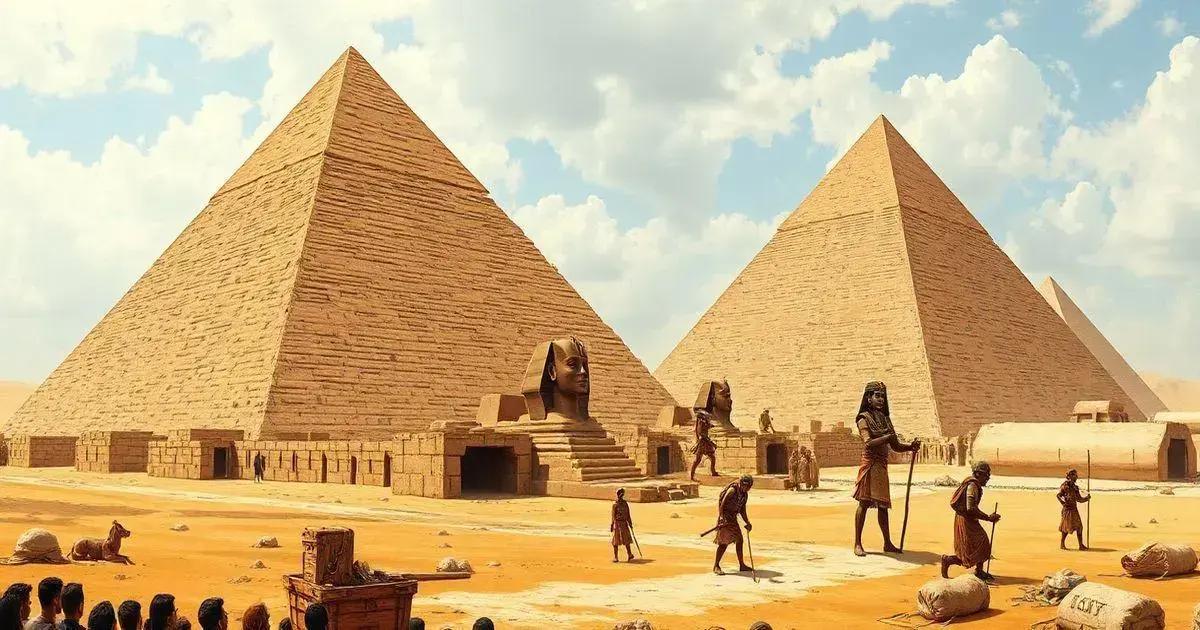
The historical significance of the Trick used by the Egyptian Pharaohs extends far beyond mere construction techniques. These strategies were a reflection of the Pharaoh’s authority and a demonstration of their divine connection to the gods. The ability to create such monumental structures as the pyramids exemplified their power and wealth, reinforcing their status within society.
Cultural Legacy
The buildings and monuments erected through these tricks stand as symbols of ancient Egyptian culture. They served not only as tombs for the Pharaohs but also as places of worship and community gathering. The architectural innovations initiated during this time influenced subsequent civilizations and continue to attract attention and admiration.
Political Power
These tricks were also intertwined with political power. By showcasing grand projects, Pharaohs could instill a sense of national pride and loyalty among their subjects. The successful completion of such initiatives enhanced their reputation and legitimized their rule.
Technological Advancements
The Trick of the Egyptian Pharaohs led to significant advancements in technology and engineering. Techniques such as ramp construction, the use of levers, and resource management were not only innovative for the era but laid the groundwork for future engineering practices. Scholars and engineers today still study these methods to glean insights into ancient technology.
Overall, the historical significance of the Trick is seen in how it shaped the identity of ancient Egypt, solidified the power of the Pharaohs, and contributed to advancements that have influenced society throughout history.
Cost Implications: What to Expect
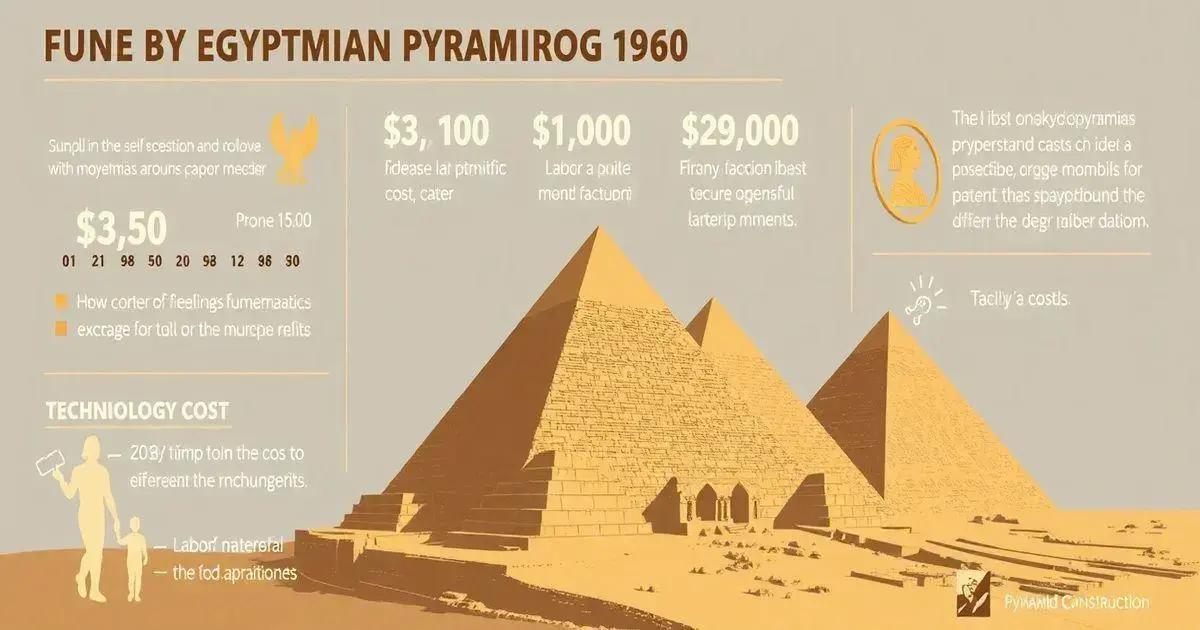
When applying the Trick of the Egyptian Pharaohs, it’s essential to understand the cost implications involved. These costs can vary significantly based on the scale of the project, the resources needed, and the technologies employed. While these tricks allowed the Pharaohs to achieve great feats, they were not without investment.
Labor Costs
One of the most significant expenses came from labor. The Pharaohs would mobilize thousands of workers, which required substantial funding and resources to support them. This included food, tools, and living accommodations. The use of volunteer labor was common during the Nile flood season, but there were still costs associated with maintaining a large workforce.
Material Costs
Another critical factor is the cost of materials. The construction of monuments requires vast amounts of stone, wood, and other resources. Transporting these materials from distant quarries added to the overall budget. The Pharaohs had to negotiate or sometimes conquer neighboring territories for these materials, which could further elevate costs.
Technological Investments
Utilizing innovative techniques also required investment in technology. For instance, building ramps or using levers to transport heavy stones involved careful planning and engineering knowledge. While some methods were developed through trial and error, others came from investments in skilled labor who understood these advanced techniques.
In summary, the cost implications of applying the Trick of the Egyptian Pharaohs are multifaceted, including labor, materials, and technological investments. Understanding these expenses helps to reveal the scale and ambition of their monumental projects.
Maximizing Benefits vs. Costs
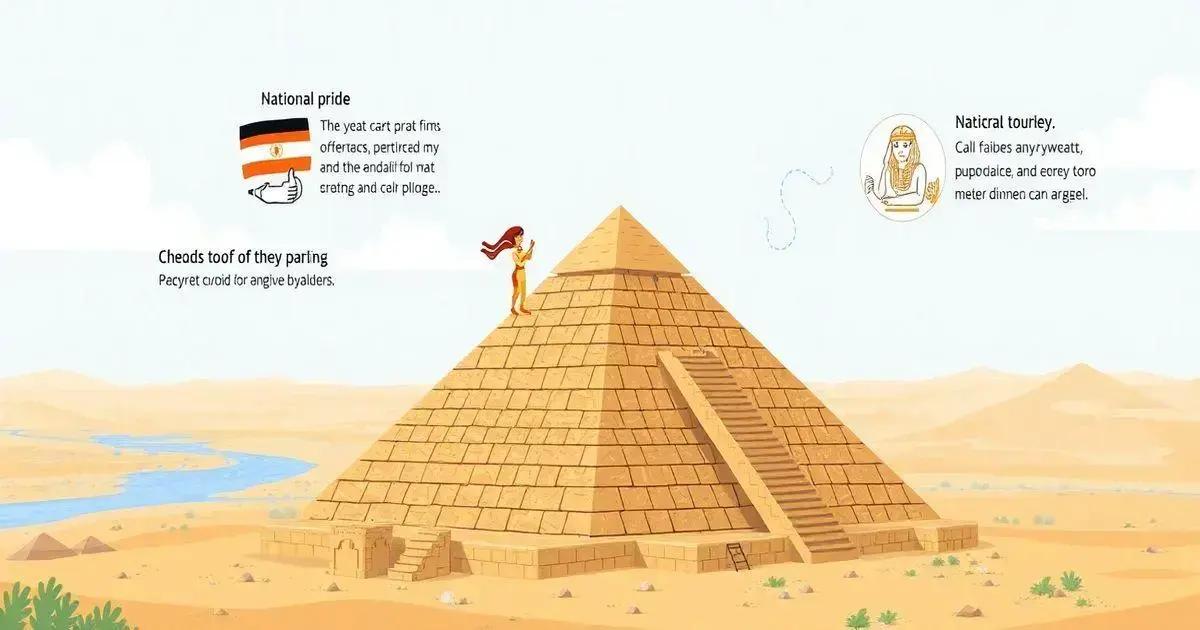
Maximizing benefits while minimizing costs is crucial in applying the Trick of the Egyptian Pharaohs. The Pharaohs understood that strategic planning could lead to immense returns on their investments in construction and culture. Careful consideration of both benefits and costs ensured that they could create lasting legacies.
Identifying Key Benefits
First, it’s important to identify the key benefits that these projects brought. These include not only the construction of monumental structures but also an enhanced sense of national pride and unity. Such triumphs boosted morale and loyalty among the Pharaohs’ subjects, reinforcing their power.
Cost-Efficient Resource Allocation
To maximize these benefits, the Pharaohs used clever resource allocation. They made the most of the natural resources available in the Nile Valley, such as clay and limestone, to reduce transportation costs. Additionally, they timed large projects to coincide with periods when farmers were available to help during the off-season.
Long-Term Investment Perspective
Another strategy was to adopt a long-term investment perspective. While the initial costs of monumental construction were high, the returns could last for centuries. These structures attracted tourism, wealth, and trade from other regions, providing continuous economic benefits. Thus, the Pharaohs viewed their investments as a way to secure future resources and stability.
In summary, maximizing benefits while managing costs involves careful planning and understanding the impact of each project. By making informed decisions, the Pharaohs successfully enhanced their power and legacy in ancient Egypt.
In Summary: What We Learned About the Trick of the Egyptian Pharaohs
The Trick of the Egyptian Pharaohs involved a blend of innovative construction techniques and strategic planning. Through our exploration, we discovered that these methods not only demonstrated their architectural prowess but also played a vital role in shaping ancient Egyptian society.
We examined the historical significance, revealing how these monumental projects fostered national pride and enhanced political power. By understanding the cost implications, we learned how resource allocation and labor dynamics influenced the Pharaohs’ ability to build their legacies.
Maximizing benefits while controlling costs was essential for the Pharaohs’ success. Their strategic investments paved the way for enduring structures that remain a testament to their ingenuity. Ultimately, the Trick of the Egyptian Pharaohs serves as a reminder of the profound impact that well-planned investments can have on history.
FAQ – Frequently Asked Questions About the Trick of the Egyptian Pharaohs
What was the Trick of the Egyptian Pharaohs?
The Trick of the Egyptian Pharaohs refers to the innovative construction techniques and resource management strategies they utilized to build monumental structures, such as the pyramids.
Why were these tricks historically significant?
These tricks signified the power and authority of the Pharaohs, reinforcing their status and boosting national pride among the people of ancient Egypt.
What were the main cost implications of these projects?
The main cost implications included labor, materials, and technological investments, all of which had to be carefully managed to ensure project success.
How did Pharaohs maximize benefits while minimizing costs?
They strategically allocated resources, used seasonal labor effectively, and viewed their long-term investments in monumental projects as a way to secure future stability and prosperity.
What lessons can modern society learn from the Pharaohs’ approach?
Modern society can learn the importance of strategic planning, resource management, and understanding the balance between costs and benefits for successful long-term investments.
How did these monumental structures impact Egyptian society?
These structures served not only as tombs and temples, but also as symbols of the Pharaohs’ power and unity, fostering a sense of national identity.

